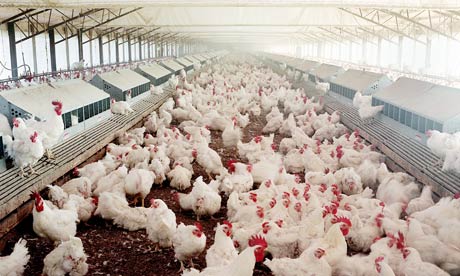Monday, October 29, 2012
Synthesis of “Indigenous Resistance and Racist Schooling on the Borders of Empires: Coast Salish Cultural Survival” by Michael Marker
This article by Michael Marker is discussing how the governments of the United States and Canada have tried to redirect the culture and common practice of the Coast Salish people of British Columbia and Washington State. These two governments have tried to take away what these people stand for and the way they do things by creating laws against them. Trying to make it so that these people would not be able to freely travel across borders to exchange information and keep their customs alive is one way they were trying to be repressed. The article mentions that the Coast Salish people did not recognize the borders that governments had established, but they simply knew that their territory was from this point to another point. The governments also developed boarding schools so that the children could be away from the unfavorable environment and become more "Americanized". They also tried to strip the culture of their native language, by outlawing the use of it. These changes that they tried to force on these people caused a great number of issues because it was so confusing. Children were picked on in boarding school and detached from their parents at home. They eventually developed ways to resist the governments' repressive strategies, thus reclaiming control of their own destiny.
Tuesday, October 9, 2012
Sustainability Issues in the Rain Forest
As the population grows humanity needs to have more room to grow and the only place to go is out. The growing population also has a need for more materials. When a population is located right outside of a forest, the population does not restrict its growth to the area that is already open, they simply cut down trees and build more things in the newly cleared area. The trees that are cut also serve a purpose to be used to make various products that aid humans in their day to day activities. Forests are areas where one of a kind animal and plant species live, but their lives are constantly threatened because they are forced to live in close proximity to other species that compete for similar resources, thus killing many of these species.
Saturday, October 6, 2012
What did this Chicken Really Come From?

http://static.guim.co.uk/sys-images/Guardian/Pix/pictures/2012/1/31/1328029711542/chicken-factory-007.jpg
Chickens are packed tightly into massive sheds and given antibiotics and other rugs to keep them alive. The conditions that they are forced to live in would normally, under any other circumstance kill them. They gain weight at such a rapid rate that they are often unable to support themselves. The large amounts of fecal matter known to be produced by these mass farms add pollutants to the ground and water. About seven weeks after chickens are born they are taken to a slaughterhouse where they are killed by being upside down and having their necks slit. The USDA conducted a study of broiler chicken carcasses and discovered that more than 99% of them had detectable amounts of E. coli, which is found in fecies and intestinal tracts.
http://www.peta.org/living/vegetarian-living/top-10-reasons-not-to-eat-chickens.aspx
Monday, October 1, 2012
Environmental Ethics Article
McShane, Katie. "Environmental Ethics: an Overview." Philosophy Compass 4.3 (2009): 407-420. Web. 01 Oct. 2012. <http://onlinelibrary.wiley.com/doi/10.1111/j.1747-9991.2009.00206.x/pdf>.
Subscribe to:
Posts (Atom)